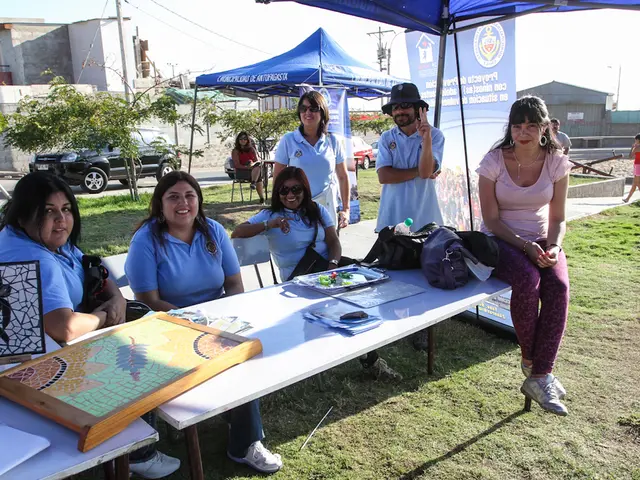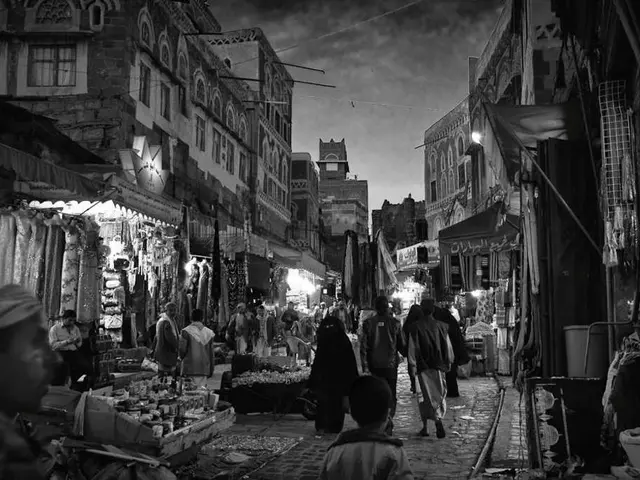In recognition, museum pays tribute to Jewish victims of Romania's genocide.
The Pogrom museum in Iași, Romania, has recently opened its doors, serving as a poignant reminder of the largest genocide against Jews on Romanian territory. The museum, housed in the former headquarters of the Romanian police and gendarmerie, offers a somber yet essential exploration of the Iași Pogrom, a tragic event that took place in June 1941.
Nicoleta Dabișa, museum curator, emphasizes the importance of visitors learning about the Iași Pogrom. Over 4,000 Jews were loaded into "death trains" during the pogrom, with many more lives lost at the stations of Podul Iloaiei and Târgu Frumos. The museum's exhibits reveal that more than 13,200 Jews were killed in the yard where the museum now stands.
The museum features a perpetrators' and rescuers' register, a hologram of a survivor of the "death trains," and a victims' register that includes names and, for some, photographs. Copies of telegrams containing the message 'The Jews must be exterminated' are part of the museum collection, serving as a stark reminder of the hatred that fueled the pogrom.
Smântână, in her article published in Evangelical Focus - Europe, encourages taking responsibility for the actions of our forefathers and asking for forgiveness. She highlights that during the Iași Pogrom, there were Christians from various denominations and a colonel from the Romanian army who saved Jews.
Dabișa believes that through dialogue, more information can be uncovered about the lives lost in June 1941. The survivor's recordings detailing what happened during the Iași Pogrom can be heard and seen at the museum, offering a firsthand account of the horrors experienced.
The organization "March of Life," initiated by Wasserman, has been involved in commemorating and supporting the museum honoring the victims of the Iași Pogrom. They emphasize the importance of remembrance and participation near the victims' graves to transmit the history and lessons of the pogrom.
In a call for individuals to join Evangelical Focus's sustainability initiative, #TogetherInThisMission, the museum encourages visitors to reflect on the past and work towards a future where such atrocities are never repeated. Jews were lured into a trap and machine-gunned by Romanian and German soldiers, a chilling reminder of the darkness that can lurk within humanity.
Yet, the museum also serves as a testament to the resilience of the human spirit and the capacity for compassion. It stands as a beacon of hope, a place where the memory of the victims is honoured, and their stories are preserved for future generations.








